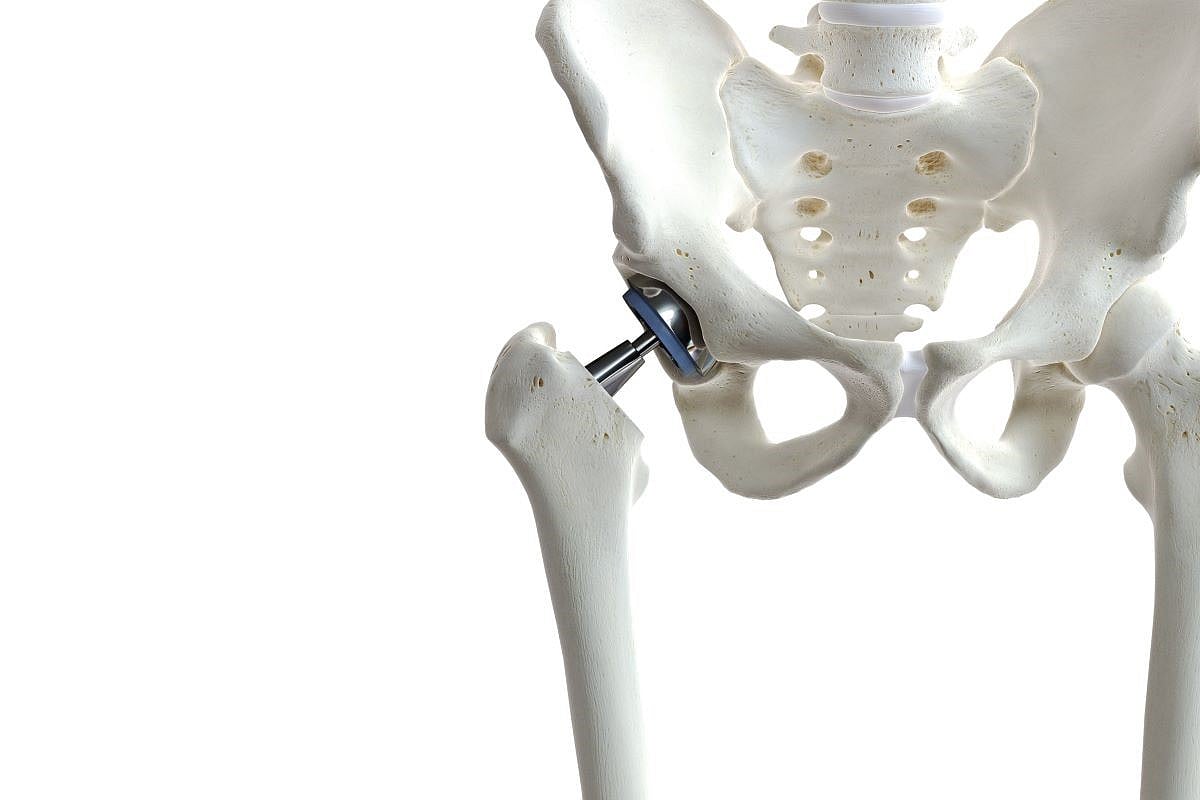Radiographic osteoarthritis severity best predictor of preoperative biomechanical function, while preoperative muscle fat fraction best predictor of postoperative function
By Elana Gotkine HealthDay Reporter
WEDNESDAY, April 23, 2025 (HealthDay News) — For patients undergoing total hip arthroplasty (THA), osteoarthritis (OA) severity is the best predictor of preoperative biomechanical function, and preoperative muscle fat fraction is the best predictor of postoperative function, according to a study published online April 23 in the Journal of Orthopaedic Research.
Ryan T. Halvorson, M.D., from the University of California in San Francisco, and colleagues examined imaging factors associated with change in biomechanical function following THA. To assess hip muscle fat fraction and OA severity, 10 patients undergoing primary THA for OA were recruited prospectively and underwent preoperative magnetic resonance imaging. A Spearman’s rank correlation coefficient (ρ) was used to assess relationships of muscle fat fraction and OA severity with biomechanical function.
The researchers found the strongest association between preoperative biomechanical function and OA severity (ρ = −0.68); more severe OA predicted worse biomechanical function. There was no relation between muscle fat fraction and preoperative function. The strongest association for postoperative biomechanical function was preoperative muscle fat fraction (ρ = −0.58, −0.72, and −0.59 for gluteus medius, gluteus minimus, and tensor fascia lata, respectively), with poor function predicted by worse muscle fat fraction. No association was seen between OA severity and postoperative function. There was also no association seen for muscle fat fraction with OA severity.
“While the impact of OA on biomechanical function may be alleviated with arthroplasty, preexisting muscle quality is not addressed with THA and may represent a target for patient‐specific optimization and rehabilitation,” the authors write.
Copyright © 2025 HealthDay. All rights reserved.








